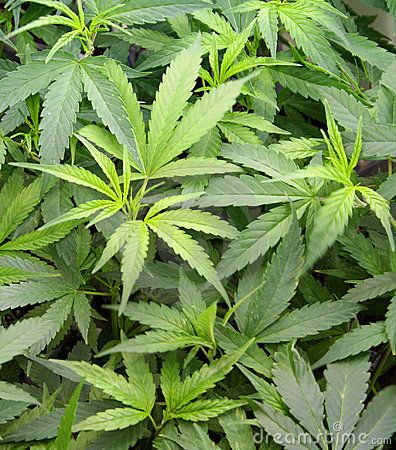The U.S. Drug Enforcement Administration took steps to dramatically increase the amount of cannabis that can legally be grown in the United States, a shift potentially signaling that the federal agency intends to expand the number of federally licensed marijuana producers.
Currently, the DEA allows only the University of Mississippi to cultivate cannabis for research, but the agency decided to expand the number of approved cannabis-for-research growers in August 2016 and started taking applications that year.
More than 20 applications have been submitted, but none have been approved so far.
Forbes magazine first reported the DEA’s move.
Referring to the Food and Drug Administration, DEA spokeswoman Katherine Pfaff wrote in an email to Marijuana Business Daily that its cannabis production quota “is based solely on the amount needed for anticipated FDA-approved research (or research in the approval process with FDA).”
According to an Aug. 14 rulemaking proposal signed by Uttam Dhillon, the DEA’s acting administrator, the agency set the amount of cannabis it wants grown in 2019 at 2.45 million grams, or 5,401 pounds.
For 2018, the DEA set the quota at 443,680 grams, or 978 pounds.
The DEA proposal also contains a provision allowing the production of THC – which the drug agency classifies differently than marijuana – in 2019 at 384,460 grams, or 848 pounds. That’s the same amount the agency approved for 2018.
The DEA provision for marijuana refers to the plant, while its THC provision refers to tetrahydrocannabinols such as delta-9 THC and delta-8 THC that are used in anti-nausea drugs like dronabinol.




